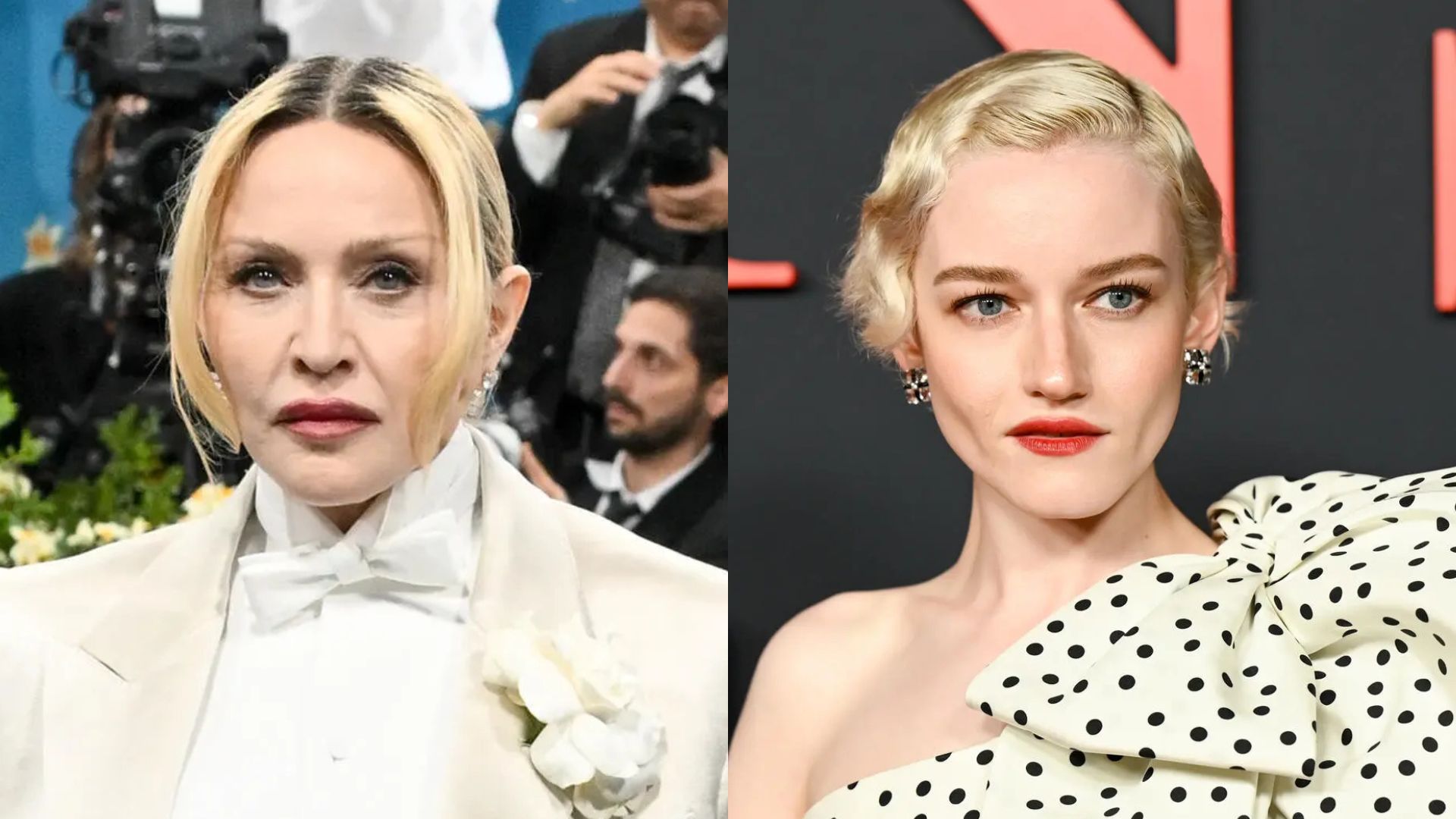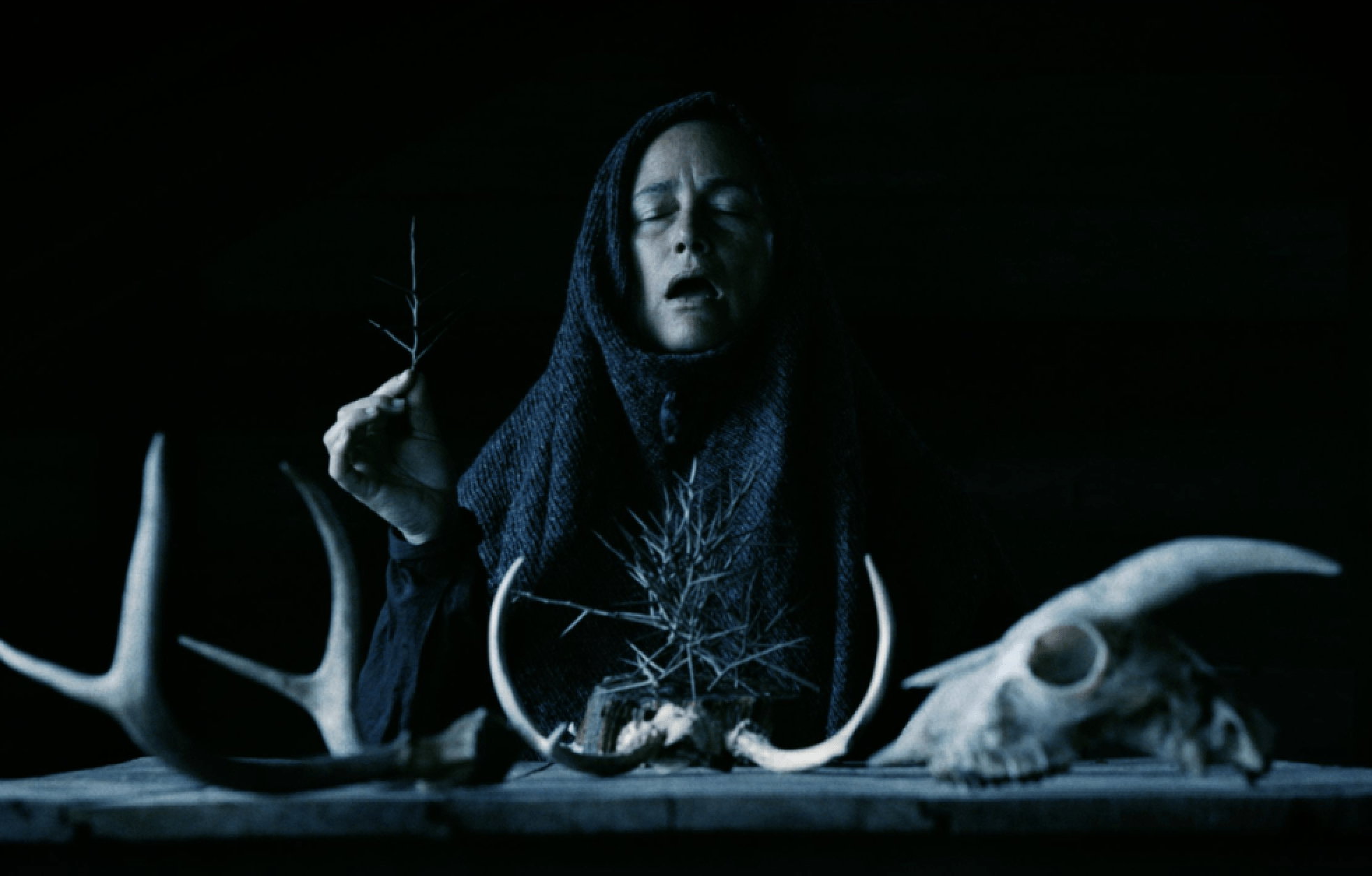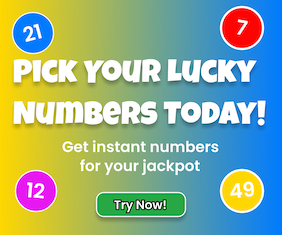Long before making the 2025 “The Naked Gun” reboot, writer/director Akiva Schaffer was a student of the original spoof films, “Airplane!” (1980), “Top Secret”(1984), and “The Naked Gun” (1988). There were rules to those ZAZ films (the producing-directing trio of Jim Abrahams, David and Jerry Zucker), one of which was casting classically trained dramatic actors — but acting wasn’t the only thing they played straight.
“This whole thing that they invented with ‘Airplane’ — I might be wrong, maybe someone did it before them — but what ZAZ was doing that was so special was all dramatic actors and the dramatic story, and then treating everything – wardrobe, lighting, sets — as the dramatic version,” said Schaffer. “That’s the part I was definitely taking with me into this one.”
When Schaffer was on this week’s episode of the Filmmaker Toolkit podcast, he explained how leaning into the gravitas (and persona) of Liam Neeson, seemingly unaware of the absurdity of what he was saying or doing, was essential to “The Naked Gun” humor. But part of what sold those jokes, and made it even funnier, is that the contrast between the absurdity and serious performances was amped up by the genre filmmaking that grounded the audience in a non-comedy movie world.
“You want someone to be able to walk in the room and if they didn’t see a joke, think you’re watching a serious movie,” said Schaffer. “And then when the joke comes be like, ‘What the hell?’ It’s the juxtaposition of the two, that’s the whole thing that made all those spoof movies so good; no one’s telling you a joke.”
The original “Police Squad!” TV series, which grew into “The Naked Gun” movies, was drawing from genre filmmaking conventions from a recent past that the 1980s TV audience would be familiar with, such as 1950s and ’60s cop shows (most notably the Lee Marvin-led “M Squad”), Clint Eastwood’s “Dirty Harry,” and film noirs. And while Schaffer tapped into some of those traditions, especially ‘40s noirs like “Double Indemnity,” he was looking to update those references for the audience.
“There’s been 30 years since ‘Naked Gun’ came out, and there is all the more recent ‘[James] Bond’ and ‘Mission: Impossible’ films. We talked about the ‘Jack Reachers,’ the ‘John Wicks,’ Jason Statham movies, TV shows like “CSI,” and then all of Liam’s movies, the ‘Takens,’” said Schaffer. “Most of our research for this movie was just going back and watching action movies and even noir movies.”
The key to Schaffer’s film — and where he arguably pushed even further than ZAZ in terms of “playing it real” — was in building a team of collaborators well-versed in making the type of films he was spoofing.
Production designer Bill Brzeski designed the sets for multiple “Fast & Furious” films, along with “Aquaman” and “Iron Man 3,” in addition to comedies like “The Hangover.” For “The Naked Gun” police headquarters, Brzeski drew inspiration from neo-noirs like “Se7en,” while bringing his TV background of how to execute fast and cheap to match the comedy (not action) movie budget.
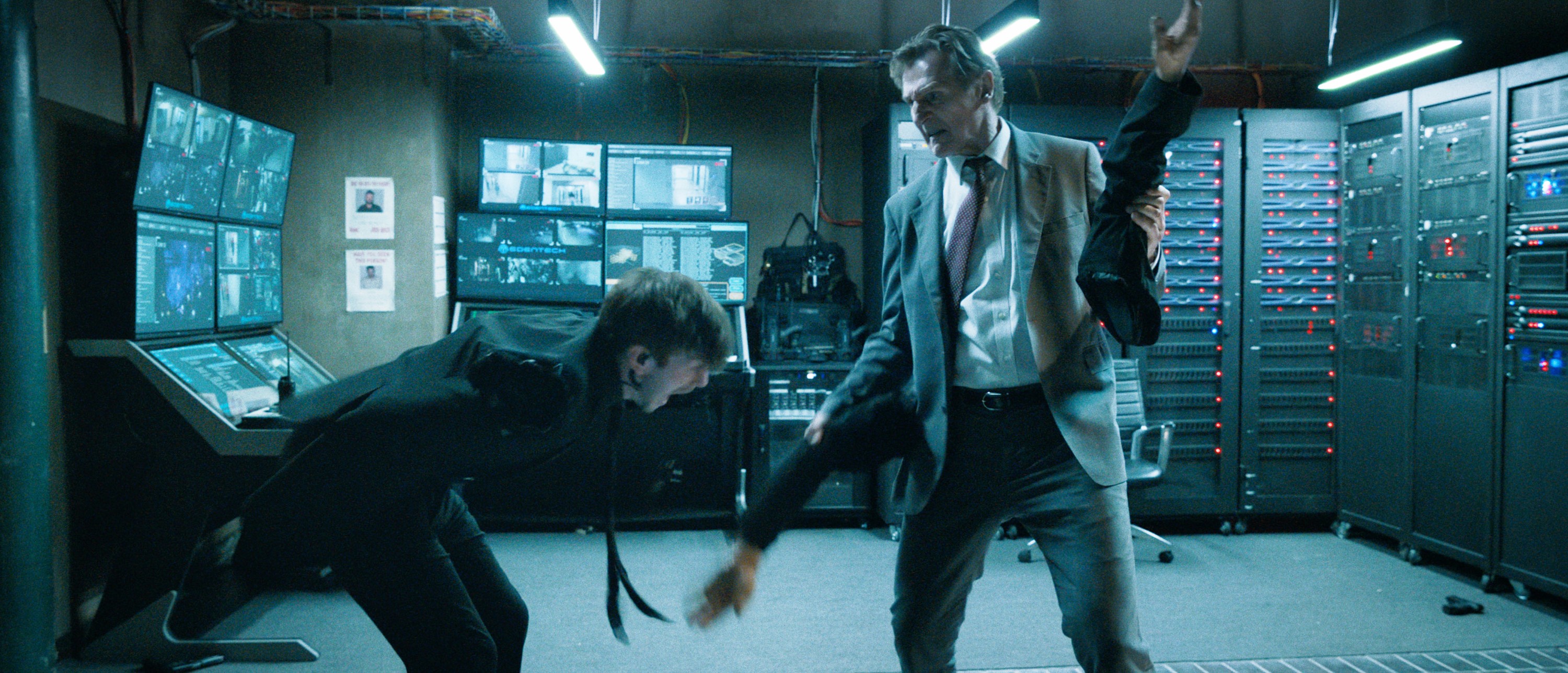
For the music, Schaffer shot for the moon by courting composer Lorne Balfe, who had scored one of the comedy’s biggest references, “Mission: Impossible – Fallout,” along with several other big franchise action films like “Black Widow.”
“He did the last three ‘Mission: Impossible’ movies, and we’re trying to make it sound like a Chris Nolan movie meets a ‘Mission: Impossible’ movie,” said Schaffer. “And then in other times meets old noir, “Chinatown” or “LA Confidential,” like [composer] Jerry Goldsmith, or a ‘90s Michael Douglas sex thriller, where it’s dangerous, but playful and sexy.”
Schaffer, who has produced his fair share of music as a member of The Lonely Island, takes a huge amount of pride in convincing Balfe to do his comedy and the resulting soundtrack, which the director said is coming out soon.
“I was listening to [the soundtrack] the other day just to make sure it was all correct and [if you played] this music, you could give someone a hundred guesses what movie it’s from and they’ll never guess,” said Schaffer. “And we got to do a real orchestra, stuff you don’t get to do in every movie nowadays.”
The action in “The Naked Gun” is both legit, and often practical, having drawn from the DNA of Neeson’s “Taken” films by hiring stunt coordinator Mark Vanselow, who has worked with the actor for years, including as his stunt double.
For the visual language and look of the film, Schaffer turned to a long-time collaborator, Brandon Trost (“Bros,” “This Is the End,” “Barry,” “Can You Ever Forgiven Me?”), who is the cinematographer comedy directors hire when they don’t want their film to look like a (bright, high key lit) comedy.
“What me and Brandon Trost were attempting was a sweet spot in the ‘90s [action films],” said Schaffer. “They were shot on 35mm [film stock]. They look like big, huge action movies of today, but you couldn’t color time them with computers yet, and so the atmosphere in the air, meaning literally the atmosphere smoke, you wouldn’t be able to crush the black so far that it disappears.”
It’s a feel that Schaffer wanted to not only reference, but a texture that was perfect for his “Naked Gun.” During pre-production, he would constantly print out photos for all his department heads of late ‘80s films by Tony Scott, such as “Top Gun,” along with films like “Beverly Hills Cop,” and “True Romance,” which captured what he was aiming for.
Storywise, Schaffer heavily referenced more recent films in the James Bond and “Mission: Impossible” franchise, “Casino Royale” and “Fallout” being two of the big ones, but visually these newer franchise films weren’t right.
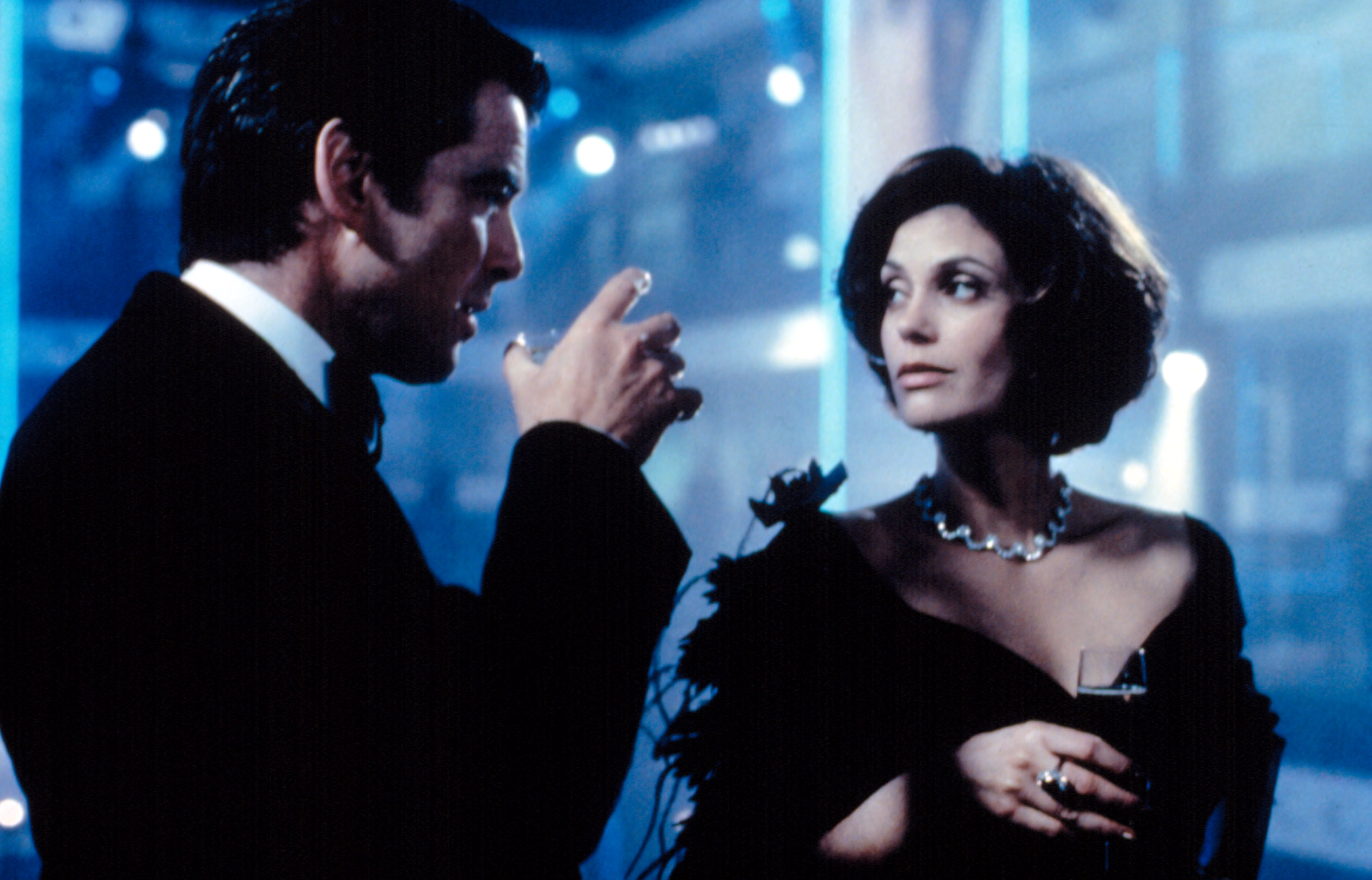
“But this ‘90s look is where I was like, ‘God, that feels so good,’” said Schaffer. “For Bond it was “Tomorrow Never Dies” (1997), the Pierce Brosnan — the middle of his run [as James Bond] where the movie took this leap forward on a filmmaking level. It still looks so good by today’s standard, but there is something where you can tell it wasn’t made today, and it has this really comforting, awesome look.”
Preferring that 90s “comfort” over a modern look was something Schaffer and Trost had to keep an eye on during post-production, where digital color grading tools can bring a crispness.
“It was interesting color timing to that [‘90s texture] because we had the ability to go a little slicker, and I’d go, ‘No, no, no, no, no. That’s too slick,” said Schaffer.
A Paramount Pictures release, “The Naked Gun” is now in theaters.
To hear Akiva Schaffer‘s full interview, subscribe to the Filmmaker Toolkit podcast on Apple, Spotify, or your favorite podcast platform.

